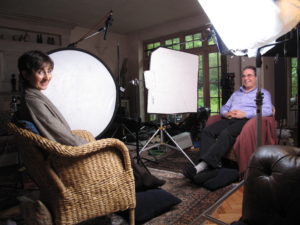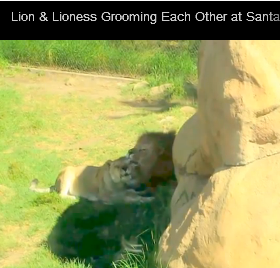What do you know about Turtles?
This post is a continuation of our series on “Trauma Healing – Lessons from the Wild”. This time we are learning from our Turtle friends.
Do you sometimes feel like a turtle? Like you need to pull deep inside your shell – and stay there?
Don’t be surprised if you do. We all have an inner turtle….
And learning about the habits and movements of turtles can teach us a lot about healing old trauma patterns.
We recently paid a visit to the Turtle Conservancy (www.TurtleConservancy.org) in California and met a wide variety of amazing characters. They were so curious about us humans. Meet the little Indian Spotted Turtle above, for example.
Here is Daphne from the Galapagos who is 150 years old. She loves to have her wrinkly neck tickled by her friends.
Meet George.
George loves to eat prickly pears and stare at the humans – right in their faces.
See how well protected he is between his two shells.
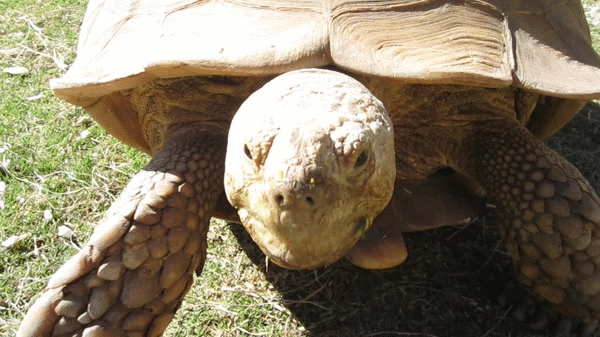
Here’s a baby turtle hatchling being held, in the photos below. Look at how perfectly this little guy tucks himself right inside – so neatly. There is the exact space for each flipper and also his head. It’s quite a skill to be able to pull deep, deep inside, and then to come back out when the coast is clear and you feel safe again. We have that skill, too, and it can help us enormously if we have old trauma patterns that need to heal.
Now you can see in the picture just above how the head and flippers pop back out when it seems to be safe again. That is the wisdom of the reptilian brain for you.
Moving right along,Tank, featured just below, is the imported stud and he knows it!
And who’s looking at you?
Dr Stephen Porges, Neurophysiologist and Research Professor of Psychiatry, has done a lot of research on how the reptilian brain works in conjunction with the mammalian brain, and this research helps us to better understand the healing of trauma. He has developed the Polyvagal Theory as described in his book:
The Polyvagal Theory: Neurophysiological Foundations of Emotions, Attachment, Communication and Self-Regulation.
Many excellent articles can be found on his website: www.StephenPorges.com
Such as:
“Beyond the Brain: How the Vagal System Holds the Secret to Treating Trauma”
“How to know whether you’re working with mammals or reptiles (and why it matters to your creativity”
The infant’s sixth sense: Awareness and regulation of bodily processes
Neuroception: A subconscious system for detecting threats and safety
The face, the eyes and the ears hold the clues for healing trauma and we work with these concepts in our Natural Facial Rejuvenation Programs.
Find more at www.RejuvenateMyFace.com
And to help protect endangered turtles and tortoises please consider donating to
They’re doing amazing work in preserving our turtle friends and creating a very safe environment for them.
And when we feel safe we can come out to play!
For the next “Lesson from the Wild – in Trauma Healing” watch Mr. Squirrel demonstrating behavior from the upper “more evolved” mammalian brain at play here:
Squirrel Demonstrating Mammalian Brain



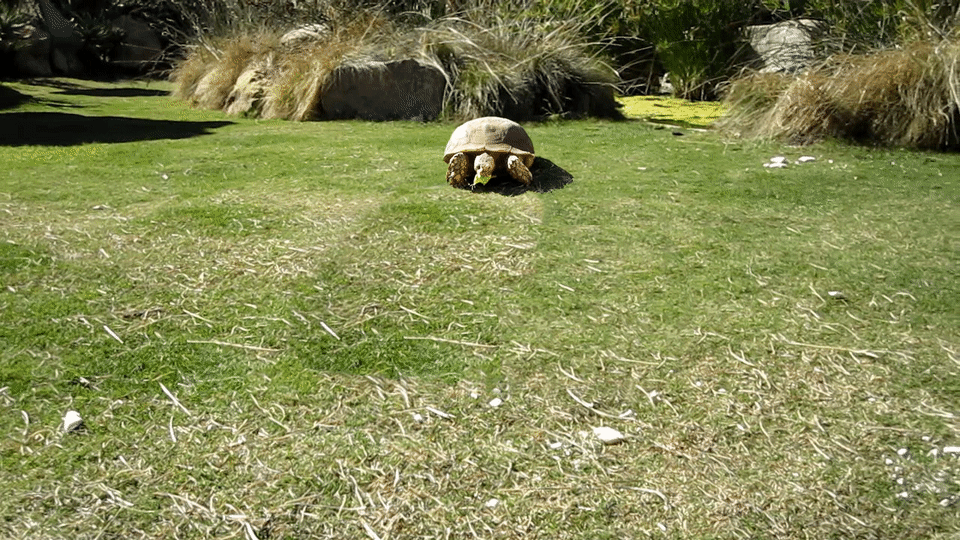

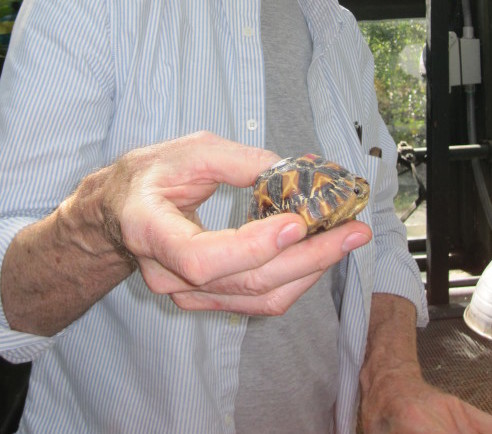

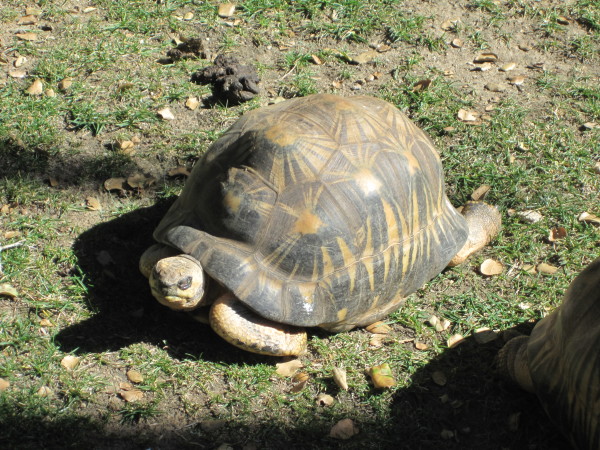
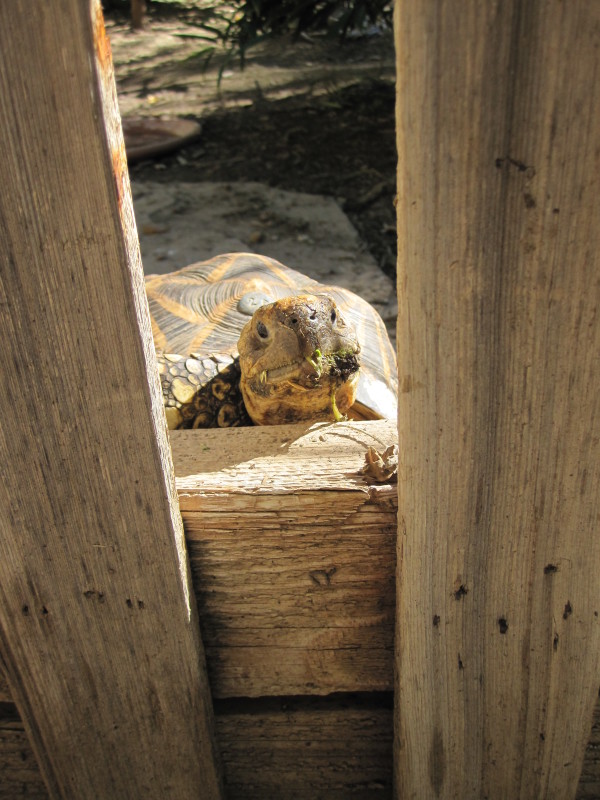
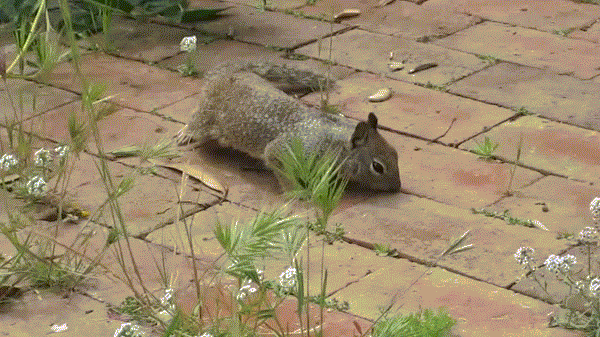

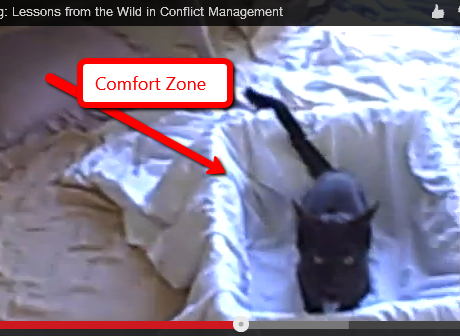
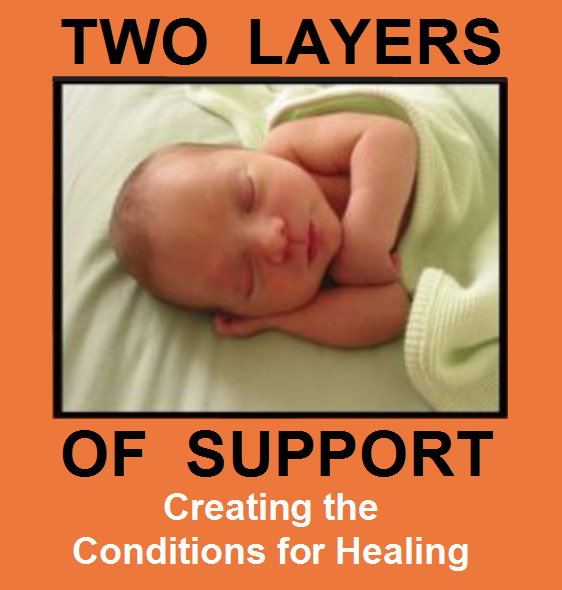 A peak behind the scenes, into the creation of the DVD and interview with Raymond Castellino, on the nature of support for Moms, Babies, Dads and Families…
A peak behind the scenes, into the creation of the DVD and interview with Raymond Castellino, on the nature of support for Moms, Babies, Dads and Families…



